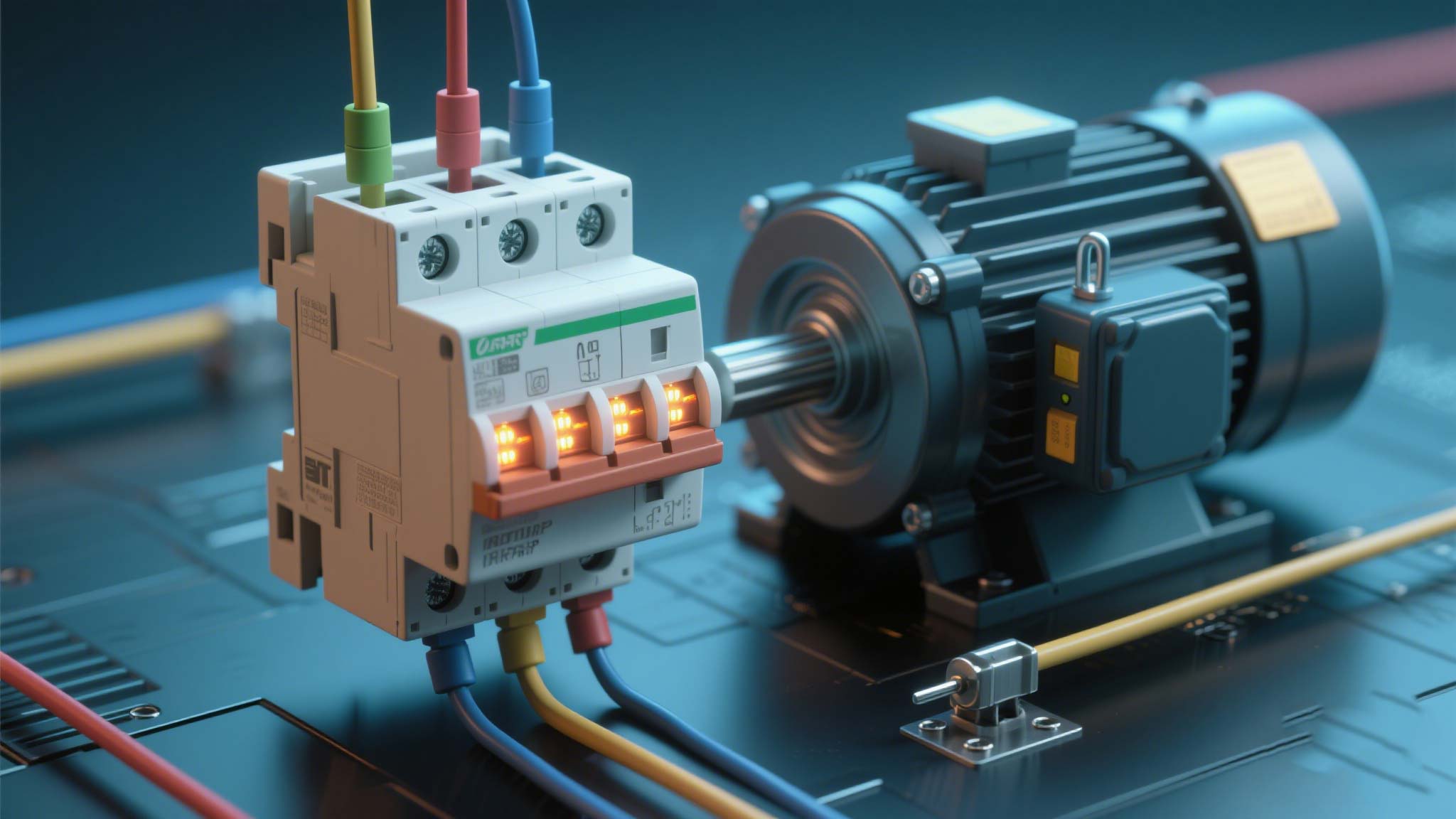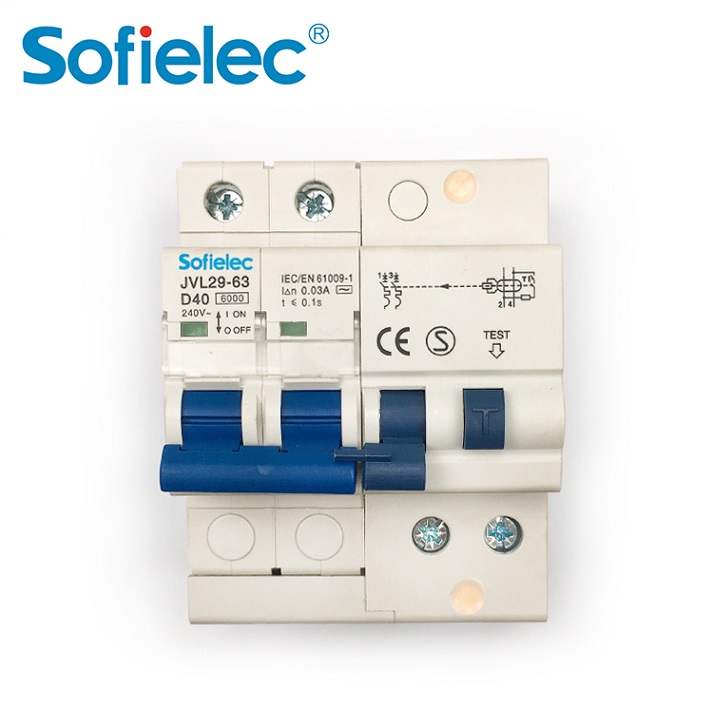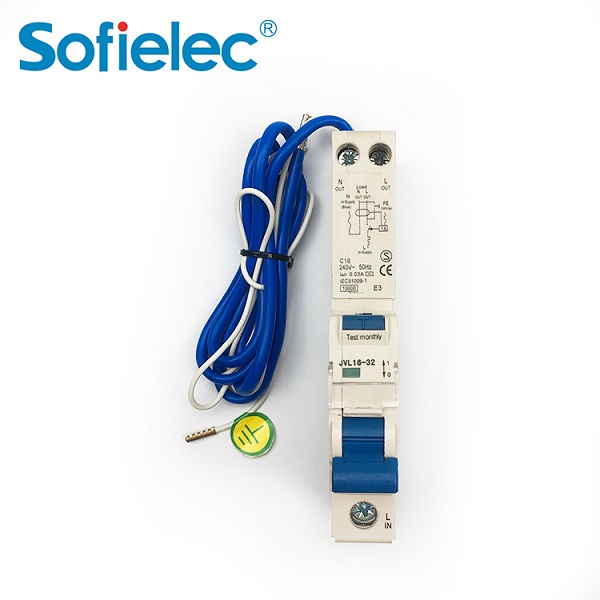How Does a Motor Protector Relay Work?
If you’ve ever wondered how motors in factories, homes, or cars stay safe from damage, the answer often lies in a small but mighty device called the Motor Protector Relay.
What is a Motor Protector Relay?
Think of a Motor Protector Relay as a vigilant guard for your electric motor. Its main job is to watch over the motor’s “health” and step in when things go wrong. Motors can face issues like overheating, drawing too much current, or losing a phase (in three - phase systems). The relay is designed to detect these problems and prevent serious damage to the motor, which could lead to costly repairs or even total failure.
Key Components and Their Roles
Sensors: These are the relay’s “eyes and ears.” They constantly monitor important factors related to the motor, such as current, voltage, and temperature. For example, a current sensor can detect if the motor is pulling more electricity than it should, which might happen when it’s overloaded.
Control Unit: This is like the relay’s “brain.” It receives data from the sensors and decides what action to take. The control unit has pre - set values (also known as thresholds). If the sensor data shows that the motor’s operating conditions cross these thresholds, the control unit springs into action.
Switching Mechanism: Once the control unit decides there’s a problem, it activates the switching mechanism. This part of the relay can open or close electrical circuits. When it detects an issue, it will break the circuit that supplies power to the motor, cutting off the electricity and stopping the motor from running.

The Step - by - Step Working Process
Monitoring: The sensors start working as soon as the motor is turned on. They continuously measure the current flowing through the motor, the voltage supplied to it, and the temperature inside the motor housing. For instance, if you have a fan motor in your home, the current sensor will keep track of how much electricity the fan uses while running.
Comparison: The data collected by the sensors is sent to the control unit. The control unit then compares this real - time data with the pre - set thresholds. Let’s say the normal current range for a particular motor is between 1 and 5 amperes, and the control unit has a threshold set at 6 amperes. If the sensor detects a current of 7 amperes, it’s a sign of trouble.
Response: When the control unit finds that the motor’s operating conditions have exceeded the thresholds, it triggers the switching mechanism. The switching mechanism quickly opens the circuit, which stops the flow of electricity to the motor. This is similar to how a circuit breaker in your home trips when there’s an electrical overload. By cutting off the power, the motor is protected from further damage, such as burning out due to overheating or excessive current.
Different Types and Their Working Principles
Thermal Overload Relays: These are one of the most common types. They use a bimetallic strip that bends when heated. As the current passing through the motor increases, the bimetallic strip in the relay heats up. If the temperature (caused by excessive current) gets too high, the strip bends enough to open the circuit and stop the motor.
Electronic Motor Protector Relays: These use advanced electronics and microprocessors. They can monitor multiple parameters simultaneously and offer more precise protection. Electronic relays can quickly detect complex problems like phase imbalances in three - phase motors and take immediate action to safeguard the motor.
In conclusion, Motor Protector Relays play a crucial role in keeping electric motors safe. By understanding how they work, you can appreciate the importance of these devices in various applications, from powering small household appliances to running large industrial machinery.



